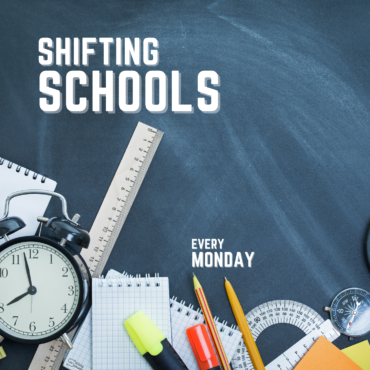
-
 play_arrow
play_arrow
How Would You Like It To Be? – A School Wide Project-Based Learning Film Festival Jeff Utecht
-
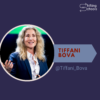 play_arrow
play_arrow
Episode 220: Master Asker of Questions Jeff Utecht
-
 play_arrow
play_arrow
Episode 219: The Values Map Jeff Utecht
-
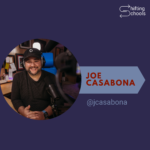 play_arrow
play_arrow
Episode 218: 3 Podcasting Tips for Teachers and Students Jeff Utecht
-
 play_arrow
play_arrow
Episode 217: More than a Logo Jeff Utecht
-
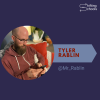 play_arrow
play_arrow
Episode 216: Should Cell Phones be Allowed in Class? Jeff Utecht
-
 play_arrow
play_arrow
Episode 215: Your Network Starts with You Jeff Utecht
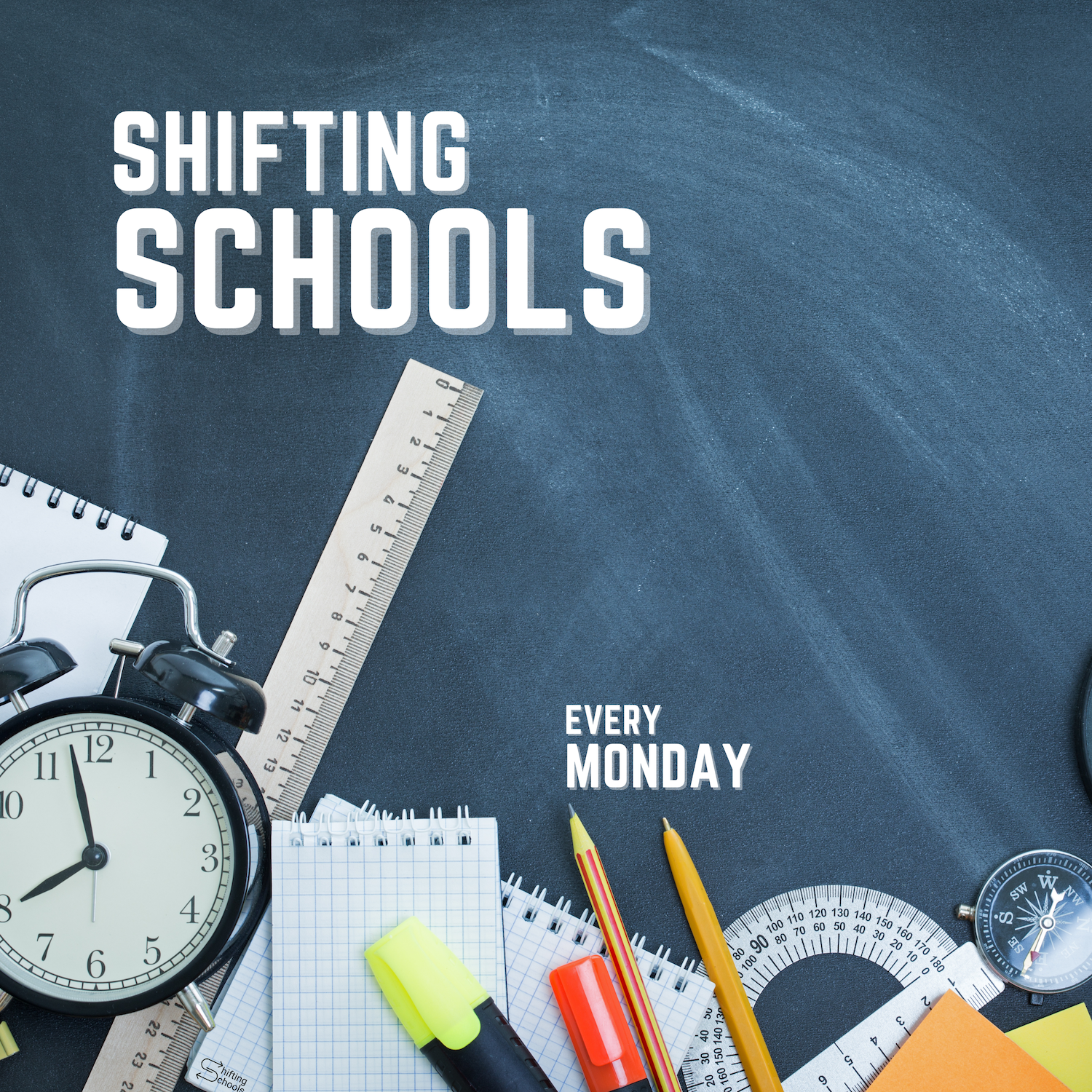
Show Notes
|Introductions|
Justin Medved and Kim Cofino joined David and Jeff in welcoming our featured guest Julie Lindsay. Kim could only stay a short moment but will join us again in future shows.
Intro for Julie: Co-creator of Flat Classroom and Horizon telecollaborative learning projects. Julie and Vicki Davis wrote a Learning and Leading with Technology article on the topic. Access at ISTE but you will need membership to download the article.
|Essential Question|
How does making connections affect learning?
Jeff:
- Learn from anyone anywhere
- MIT opencourseware
- Yale opencourseware
- iTunes unverisity
- Authentic audiences are created
- Students understand the power of connections in their social lives we need to teach them how to use those same connections for learning.
- George Siemen’s Didactics of Microlearning
- I find informal publishing in blogs and online articles more rewarding than traditional publishing processes. The feedback on what I write informally is more immediate and, as a result, plays a greater role in the subsequent formation of ideas. Writing a journal article, book, or book chapter, is concerned with presenting what one knows. Writing in informal spaces (such as a blog) is concerned with inviting others to join in an exploration of understanding a phenomenon not yet fully known.
- Learning is about connections. Connecting new ideas to what is already known or thought to be known. In a connected world we take that one step further and connect those new ideas to what other know and create new knowledge from it.
David: See his blog post
The SOS Team Discussion:
Julie shared explained how the Flat Classroom Project is based upon Thomas Friedman’s book The World is Flat. You can access the wiki classroom for more information. She also spoke about the Horizon project from this past year and how it will continue next year. For more information, access the Horizon Project wiki.
We then spoke about the type of learning skills that come from students networking using digital learning collaboration tools. Check out Julie’s excellent post on global digital citizenship.
Justin shared 3 guiding questions developed at ISB based on the new literacy skills our students need. They are working at integrating these guiding questions across their curriculum. Our students will not just be citizens of their localities but will be participants in broader communities connected digitally.
The questions are:
- How do I find and use information to construct meaning and solve problems?
- How do I effectively communicate?
- How do I responsibly use information and communication to positively contribute to my world?
For more information on this new literacy and curriculum integration, check out their Google Doc and wiki.
The question was raised about how we can deal with the ever changing world of new technologies and improvements to current tools that might lead our schools to switch from current online providers (i.e., blogs, wikis, etc.) to new ones. This will further be discussed in a later show when we focus on school portals and connecting to the community.
Take Away from the discussion: Part of shifting our instruction is realizing that teachers can be supported to learn how to use the the tools yet the real work is learning how to use the tools to create learning moments.
The 21st century skills that students need for communication, constant learning and creativity in our networked world obviously can only be developed if we design and implement learning opportunities where we use the technology that is becoming an increasing part of the business and everyday aspects of our world. These collaborative learning projects need to be scaffolded with clear communication of responsibilities along with rubrics to outline what is expected when students generate learning objects.
It is very important to have someone on staff in our schools who is staying on top of emerging technologies.
While some schools are looking to what 21st century skills their students will need and have revamped their mission and student learning outcomes, our school stakeholders need to review their mission statements to see if they are looking forward to prepare students properly. By using the UbD curriculum review process, we can then work to shift our instruction, learning content, and assessments to help our students reach the learning outcomes documented by our updated and relevant mission statements.
|Blog Posts of the Week|
Jeff: George Siemen’s post on Shifting Knowledge
David: George Siemen’s post on Connectivism vs Constructivism
Julie: Jabiz Raisdana’s post on Blogging & Connections
Justin: Kim Cofino’s post on Telecollaborative Tools
|Sign Off|
- Next show is Thursday February 7th. Catch it live at 7:00 PM Shanghai time.
- Our guest will be Clay Burell from the Korea International School. Check out his Beyond School blog.
- Essential Question for the show: Passion for learning, how to nurture and grow it?
- Don’t forget to post Web sites/blogs to the SOS Del.icio.us bookmarking site that support our upcoming EQ.
Copyright 2020 Jeff Utecht
Post comments (0)